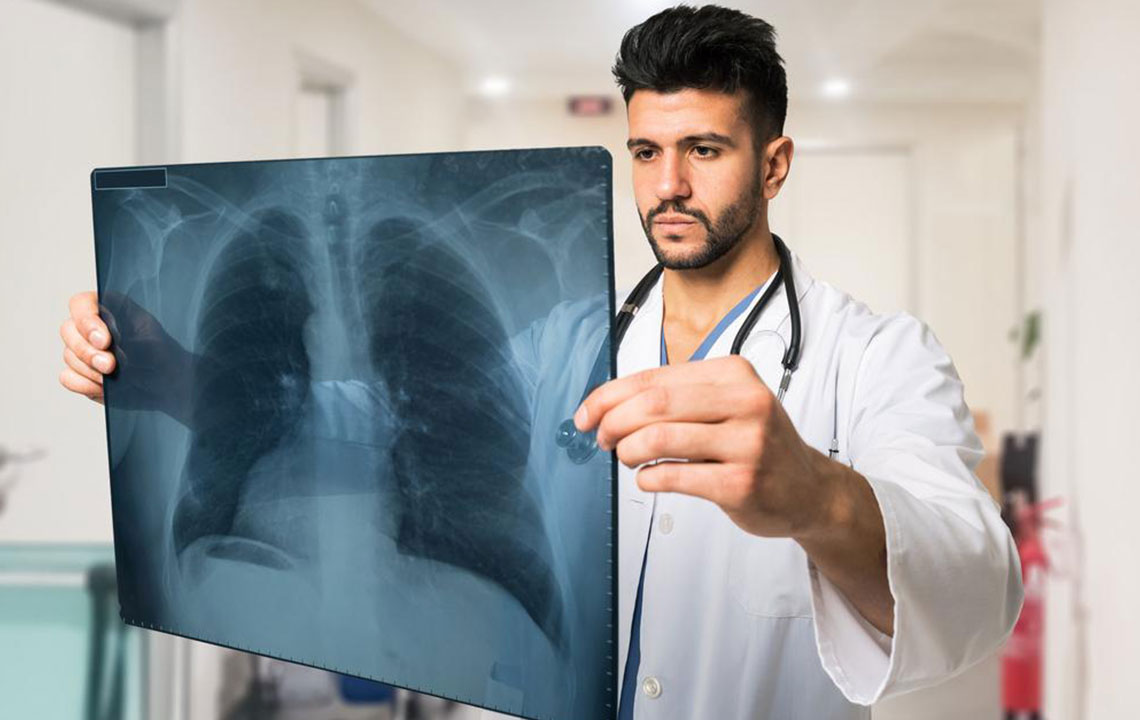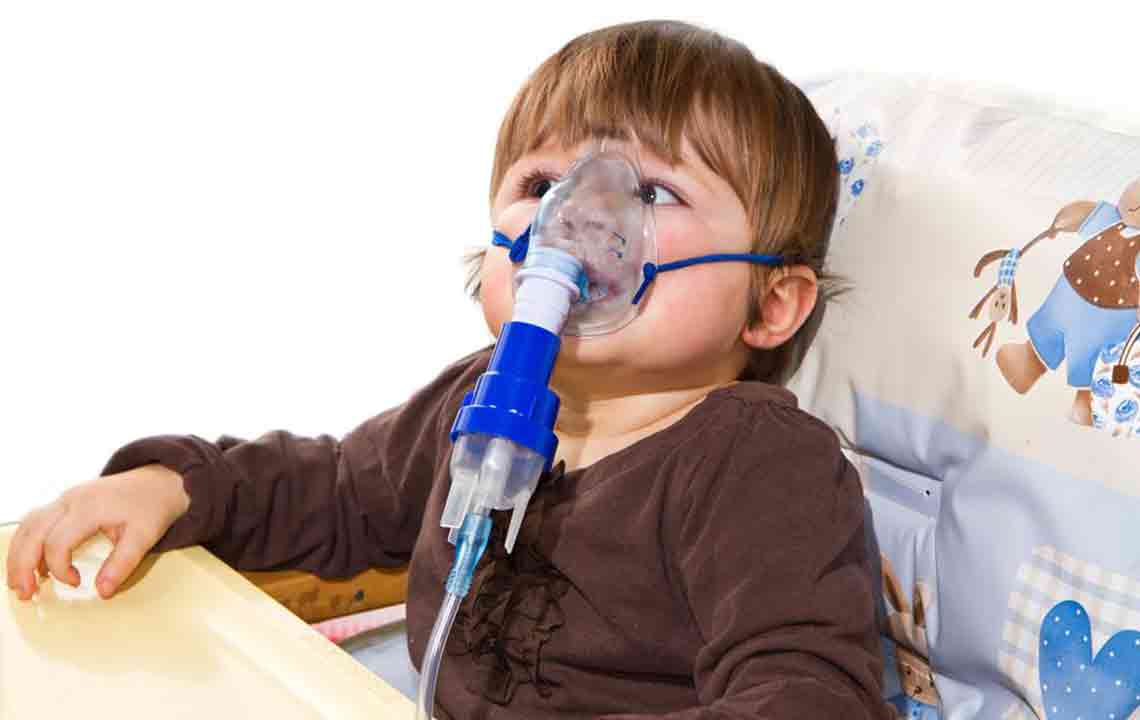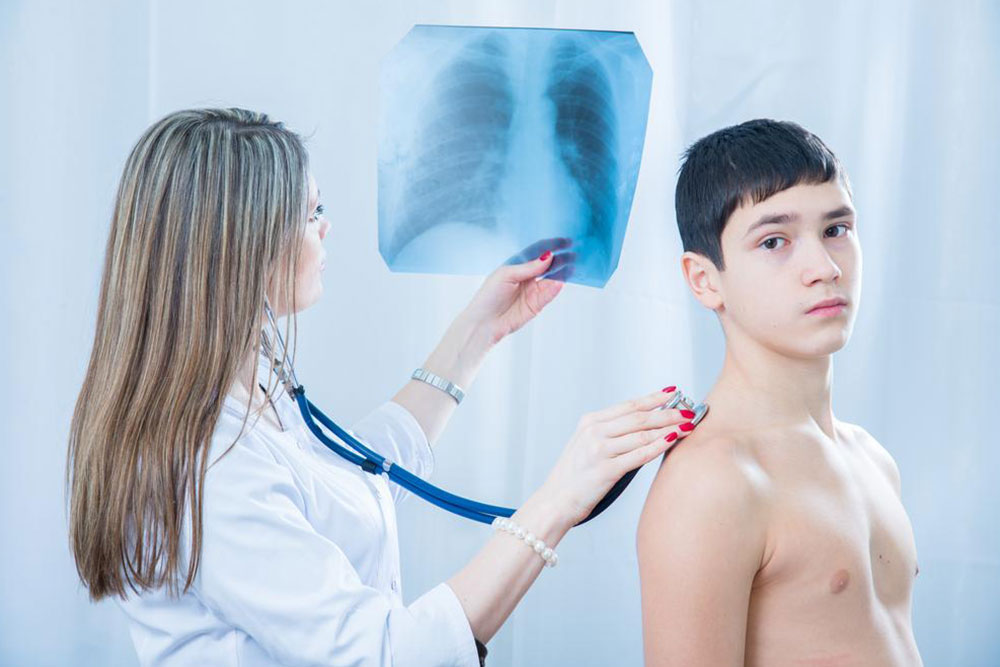Understanding Pneumonia: Symptoms and Ways to Fight It
This article offers a comprehensive overview of pneumonia, including its symptoms, differences between bacterial and viral types, and effective treatment options. Emphasizing early diagnosis and prevention strategies, it guides readers on recognizing signs early, seeking proper medical care, and adopting healthy habits to reduce risk. The content aims to inform and educate about managing pneumonia effectively to promote quicker recovery and better lung health.

Understanding Pneumonia: Symptoms and Ways to Fight It
Pneumonia is an infection that inflames one or both lungs, caused by viruses, fungi, or bacteria. It leads to fluid or pus buildup, making breathing difficult. Common signs include coughing with mucus, chills, sweating, shortness of breath, and chest discomfort. The severity varies based on age, health, and infection type. While contagious, proper treatment often leads to recovery. Early diagnosis and intervention are essential to prevent complications. Preventive measures such as good hygiene, quitting smoking, and maintaining a healthy lifestyle can reduce the risk of pneumonia.
Key signs of pneumonia
The symptoms range from mild to severe, influenced by age and overall health. Common indicators include fever, chills, cough, and shortness of breath during exertion.
Additional symptoms can involve sharp chest pain that worsens with deep breaths, headaches, clammy skin, and excessive sweating. Mild symptoms may progress to fatigue, loss of appetite, and decreased energy levels.
Older adults may experience confusion, and since pneumonia can be bacterial or viral, symptoms vary. Bacterial types can cause very high fevers, rapid breathing, and blue lips or nails due to lack of oxygen. Viral pneumonia resembles flu, with weakness, muscle pain, and dry cough.
If you notice these signs, consult a healthcare provider promptly. Risk factors include smoking, existing respiratory conditions, recent surgeries, or trauma.
Pneumonia treatment options
Most treatments involve medications like antibiotics, antivirals, or antifungals based on the infection type. Antibiotics are common for bacterial pneumonia. Over-the-counter drugs can help alleviate fever and pain, and cough remedies assist in clearing lung fluids.
Home care includes taking prescribed medications, staying well-hydrated, resting adequately, and avoiding strenuous activity. Recovery may take time, so giving your body sufficient rest is vital.
Severe cases require hospitalization where doctors monitor vital signs closely. Treatments may include IV antibiotics, respiratory therapies, and oxygen support through masks or tubes. In critical situations, ventilators might be necessary.
Oxygen therapy helps maintain proper oxygen levels, aiding recovery. Specific breathing techniques and respiratory support are sometimes employed to improve oxygenation.
Pneumonia can pose serious health risks if untreated. Proper diagnosis and timely treatment lead to recovery, but prevention is preferable. Quitting smoking, practicing good hygiene, and maintaining a healthy lifestyle strengthen the immune system and lower infection risk.










